Distillery Visit - Lecompte Calvados, France
Before coming to live in Japan to be a farmer I used to work in France in the spirits (armagnac, calvados, cognac, whisky etc.) industry. One of the many different roles I played was as a photographer for Whisky & Fine Spirits Magazine, visiting many different bars, breweries and distilleries, not just in France but also in Germany, Italy, Scotland, Spain, Sweden, Switzerland and Wales. Anyway, I have decided to start posting some of the photos from those trips, starting today with a series I took at the Lecompte Calvados distillery in Normandy, France.
Calvados: an Apple-based Fine Spirit
Calvados, a distilled spirit made from apples and (in some cases) pears, is one of France’s oldest eaux-de-vie and was officially recognised as an appellation d’origine contrôlée, or AOC, in 1942. Traditionally produced over winter, Calvados is made by first pressing apples (and, again, in certain cases, pears) to obtain a juice, which is then allowed to ferment naturally into cider. Once fermented, this cider can be used as is, or aged for an extra year, depending on the type of Calvados to be produced. Either way, when ready, the cider is twice distilled in large pot-stills, concentrating the aromas and taste and taking it from somewhere between 4.5% and 6% to roughly 70% ABV (alcohol by volume).
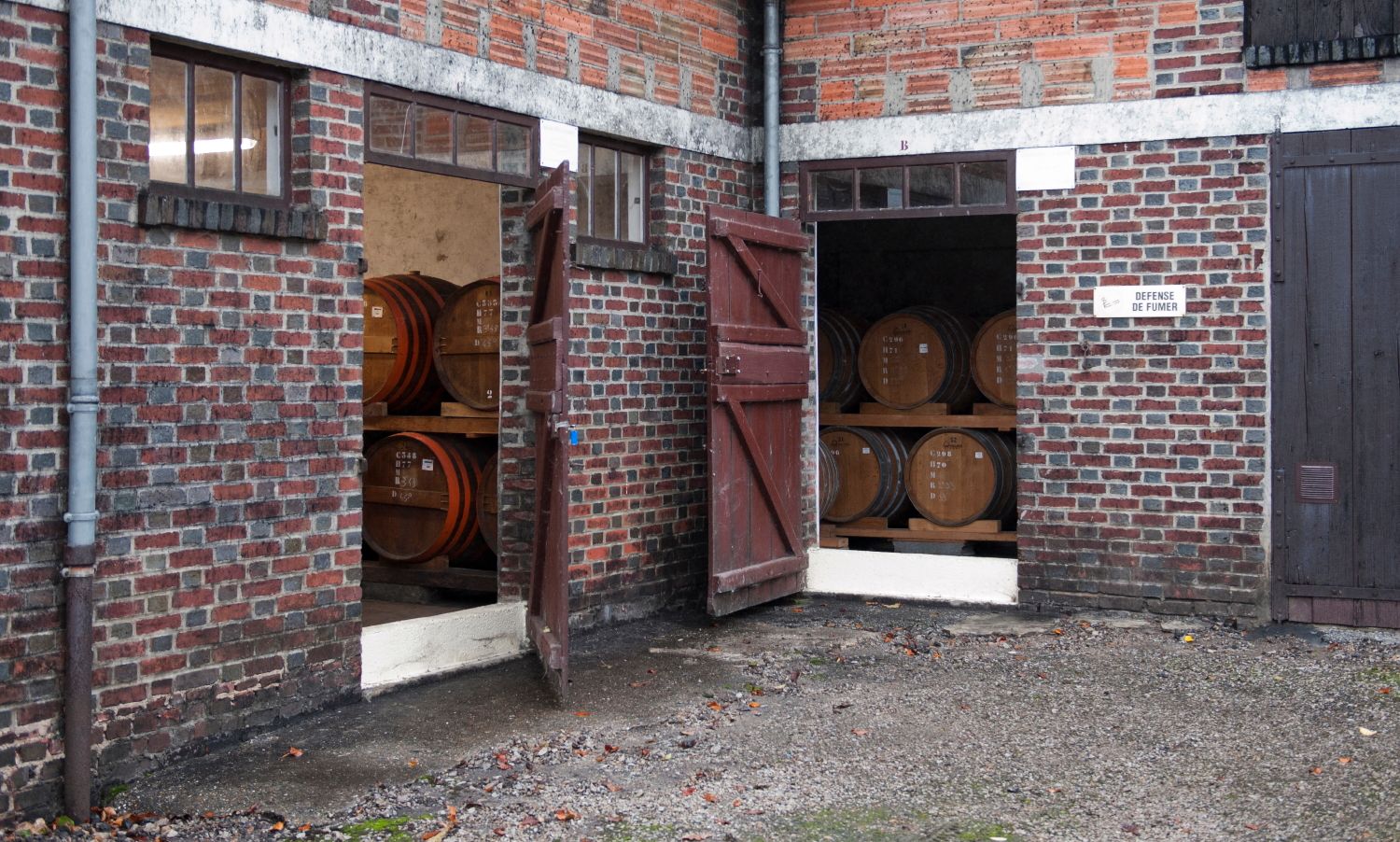
The spirit that emerges from the still is collected and put into oak casks and left for anything up to 50 years — maybe even longer — before being bottled and sold as Calvados (the generic appellation), Domfrontais or Pays d’Auge (two other sub-appellations of Calvados, reserved for eaux-de-vie from specific areas within the region, or made with pears also). Soft and round, fruity and slightly acidic, good aged Calvados smells of toffee apples and spices. Whilst the best, oldest and rarest versions are usually drunk on their own, straight and in tulip-shaped glasses, the younger types are often used incoming or in cocktails. Either way, Calvados is pretty unique and well-worth getting to know if you have never had some.
Lecompte Distillery
Located in Notre-Dame-de-Courson, a small village in the Pays d'Auge region of Normandy, the Lecompte distillery dates back to 1923. Originally an independent company, it joined with two other Calvados distilleries — Boulard and Père Magloire — in 1980, and its products are now exported all over the world.
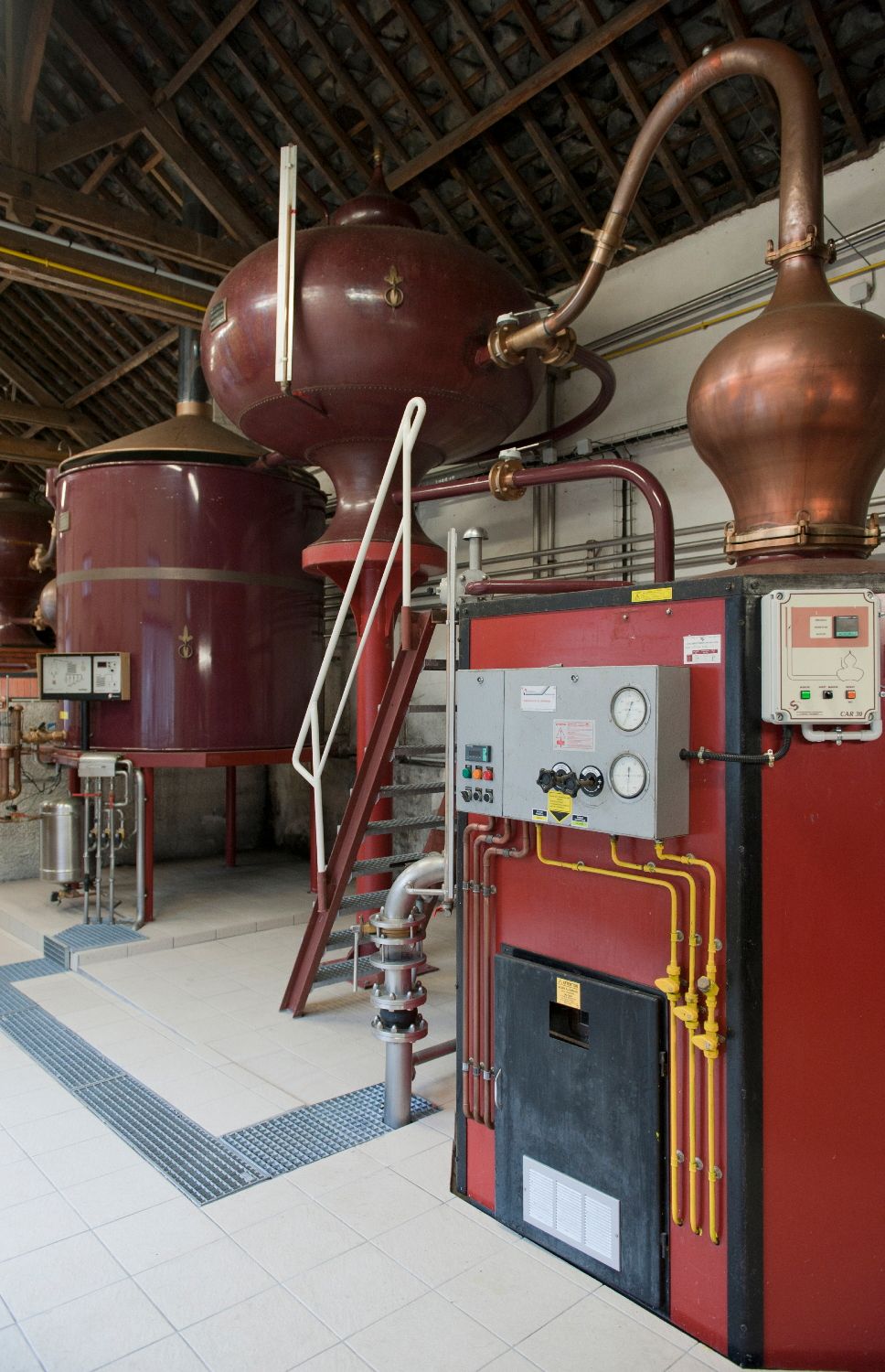

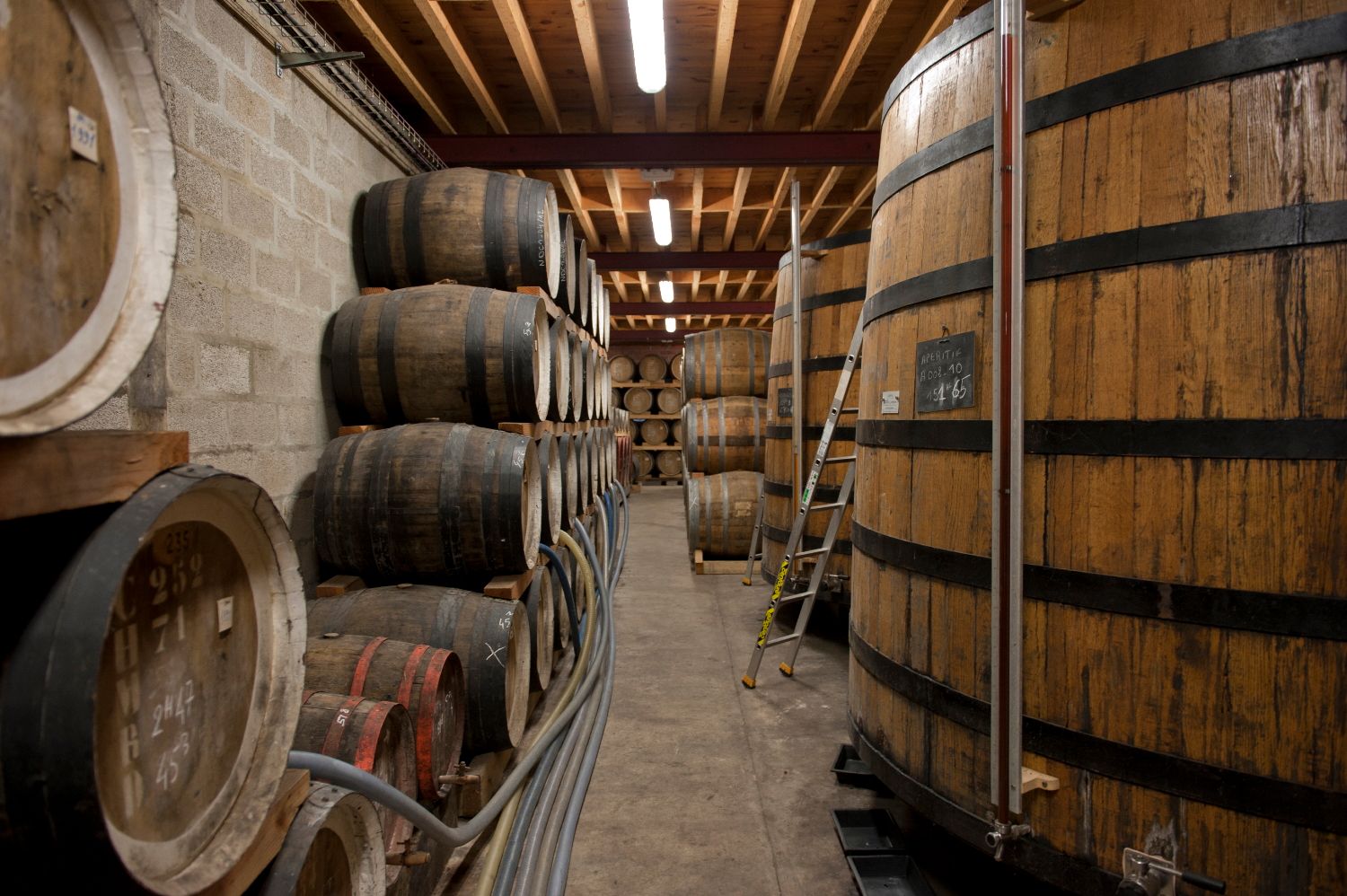

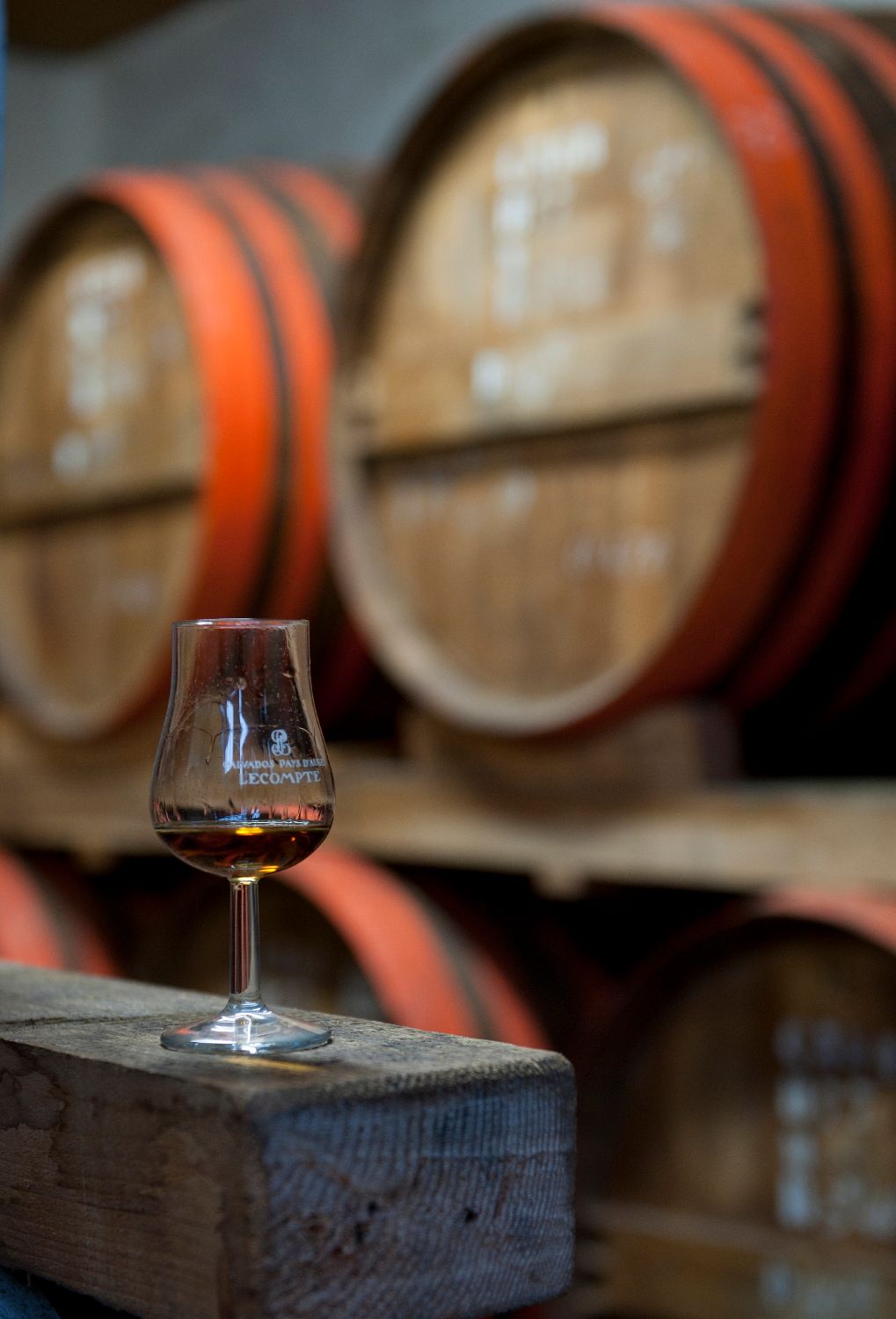

When he's not obsessing over heritage varieties of vegetables & herbs, chasing off wild deer or otherwise running around the fields of his mountain farm, he's trying to beat the system, taking photos or trying to better understand cryptocurrencies.
You can find his Steemit introduction here
You can find out more about his farm here: @potager-cerfs



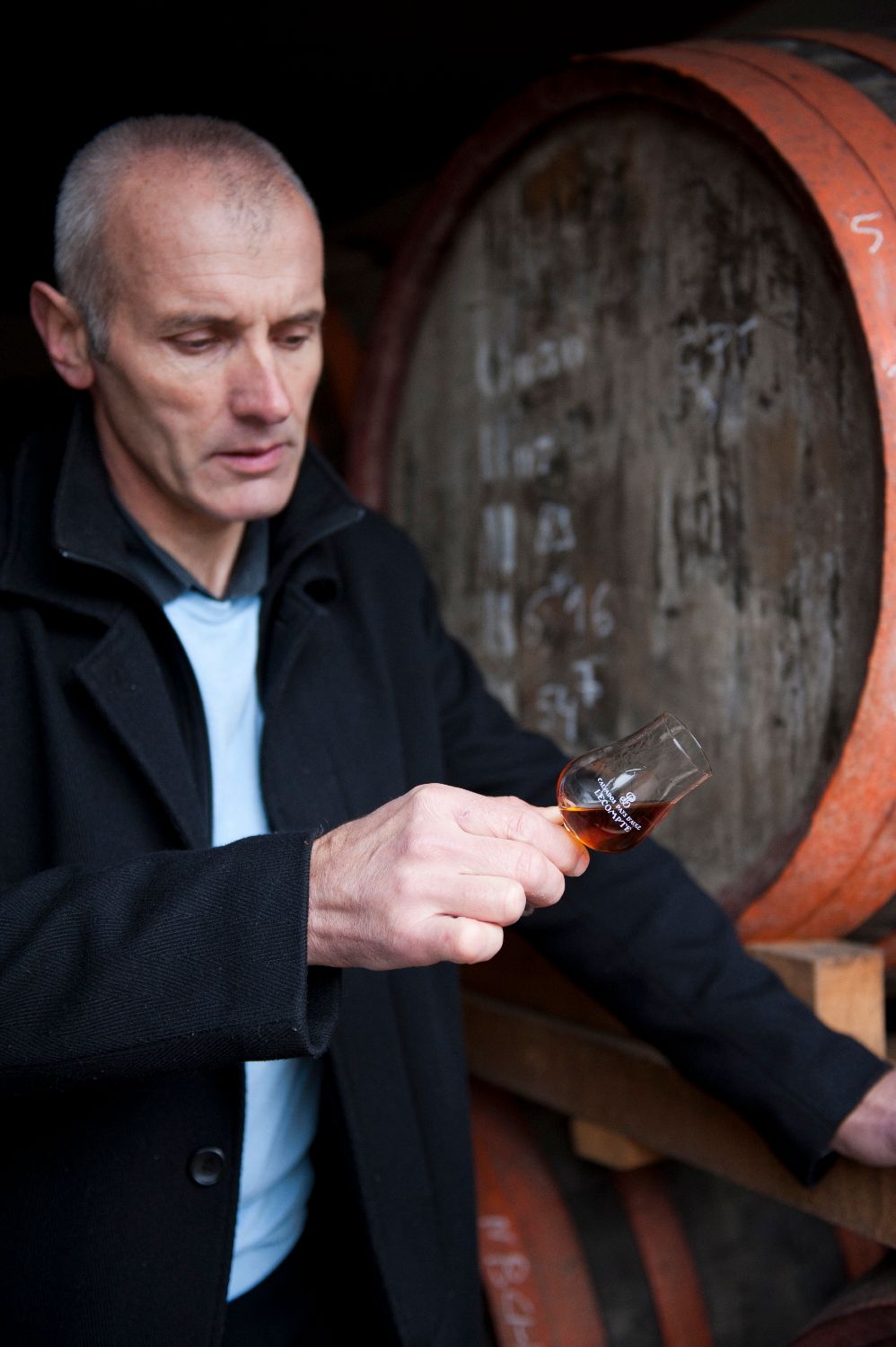

I'm curious Nick. As a photographer what did you look for in the shot? How did you decide the correct position to shoot? Could you put yourself in the reader's shoes when trying to find the ideal spot?
I have never heard of Calvados, but that's not saying much as I don't drink many spirits these days. You did make it appealing though.
As always another great post. Thanks!
Thanks @rt395 for the thoughtful comment ;)
These pictures were taken for a specialised magazine so I consciously avoided taking anything too arty: the readers of the magazine have a good knowledge of the spirits world so they want good clear shots of what the distillery actually looks like, not distorted by my attempts to be an artist! Also, I personally don't like photos distorted by quirks of the lens so I usually correct the perspective in Photoshop to get a more balanced final image. The rest I guess is just marketing: trying to get some nice clean shots of the company logo in a good percentage of the photos, and a certain degree of sharpness in the overall image (most photos I took were reused many times in many different ways, sometimes cropped down to a single detail). All of that probably comes out in all my photos, even those I take for myself and which have nothing to do with my former work. And as for positioning, in warehouses and distilleries like these, it was often a simple case of wherever I could put the tripod (not much light in most of these old buildings)! I also had to work fast most of the time: while I was shooting, a colleague was following the team around asking questions, taking samples and writing notes and if I got left too far behind it would be difficult to take pictures that would correspond to the content of the article. My job was to illustrate the article, not write it, after all. Which was a nice constraint to have. But it did sometimes mean that I didn't get to take the photos I would have liked to, especially when the distillery was not very pretty (many of them are just factories, after all)!
Interesting. Did you scrap a majority of the pictures you took or did you get them right the first time? I am just trying to figure out why 80% of the time my pictures don't catch the essence of things. Thanks.
Yeah, I do that. Not enough time to get everything perfect the first time. Plus, too many variations in lighting etc. Not to mention the fact that a barrel moves a damn sight less than the average human being ;)
nice post,thanks for shearing.
Thanks for checking them out! And for taking the time to comment...
This is so classic, sir. Beautiful photography. Thanks for sharing. Followed for more.
Thank you!
What an interesting life you are leading!
Great images and words ~ I used to live in France and enjoyed the Champagne region!
:)
Farming in Japan has piqued my interest and so I am off to your blog to have a further sniff around now.
Happy days ~ cheers!
xox
Thanks for stopping by! I'm afraid farming doesn't necessarily leave me much time for writing about farming, but I'll be trying my best so do please stop by!
Very cool, I will have to pick up a bottle of that to try. What are all those hoses coming out of the barrel rack for?
I don't remember asking, but they're usually just for siphoning off the spirit when needed: it saves having to move all the casks! Also, like with Cognac and Armagnac, the spirit is often gradually reduced in strength with water.
very good wow photography has managed to take really cool photos
Interesting
I will follow you to see your future posts! +UP